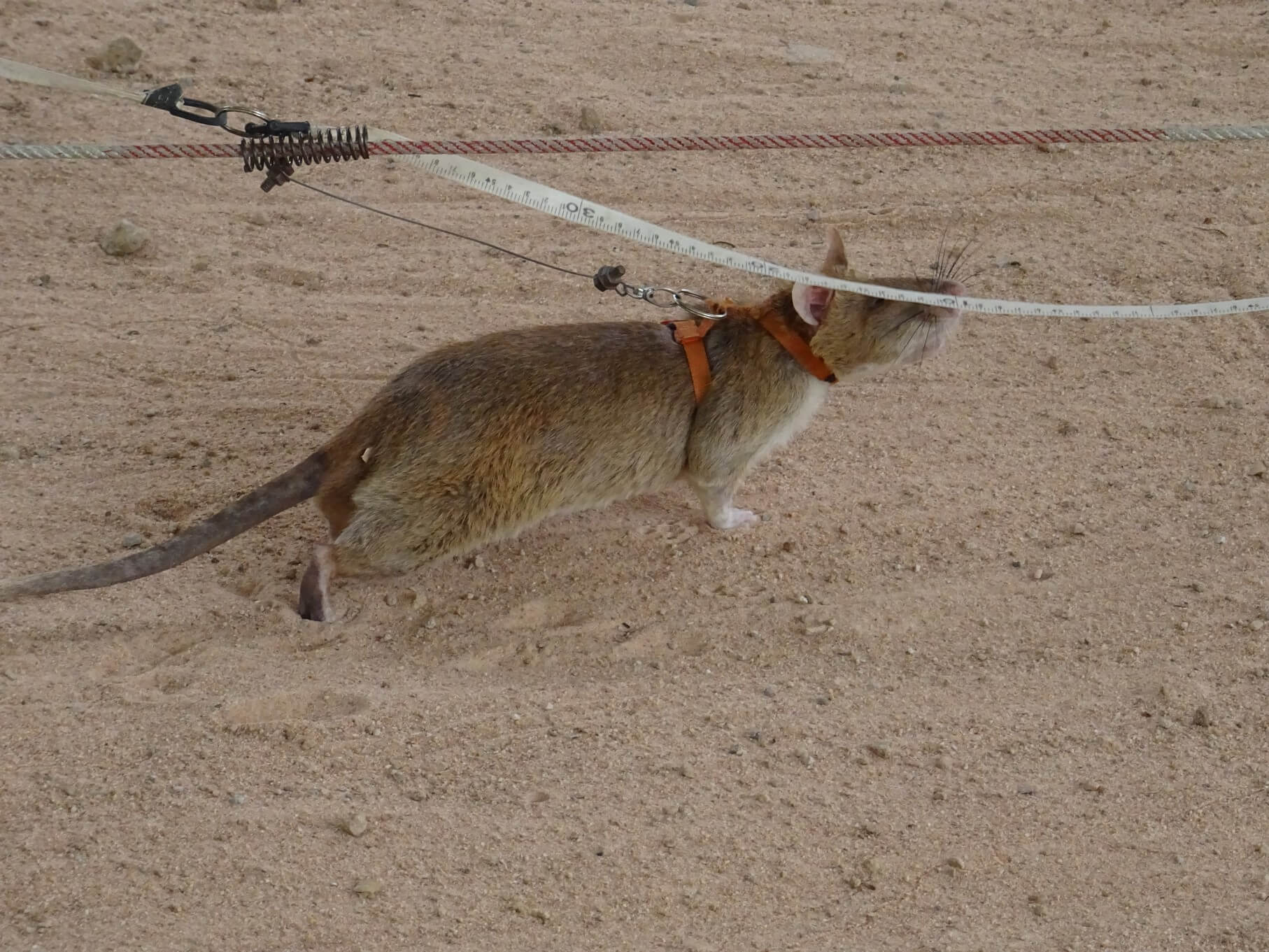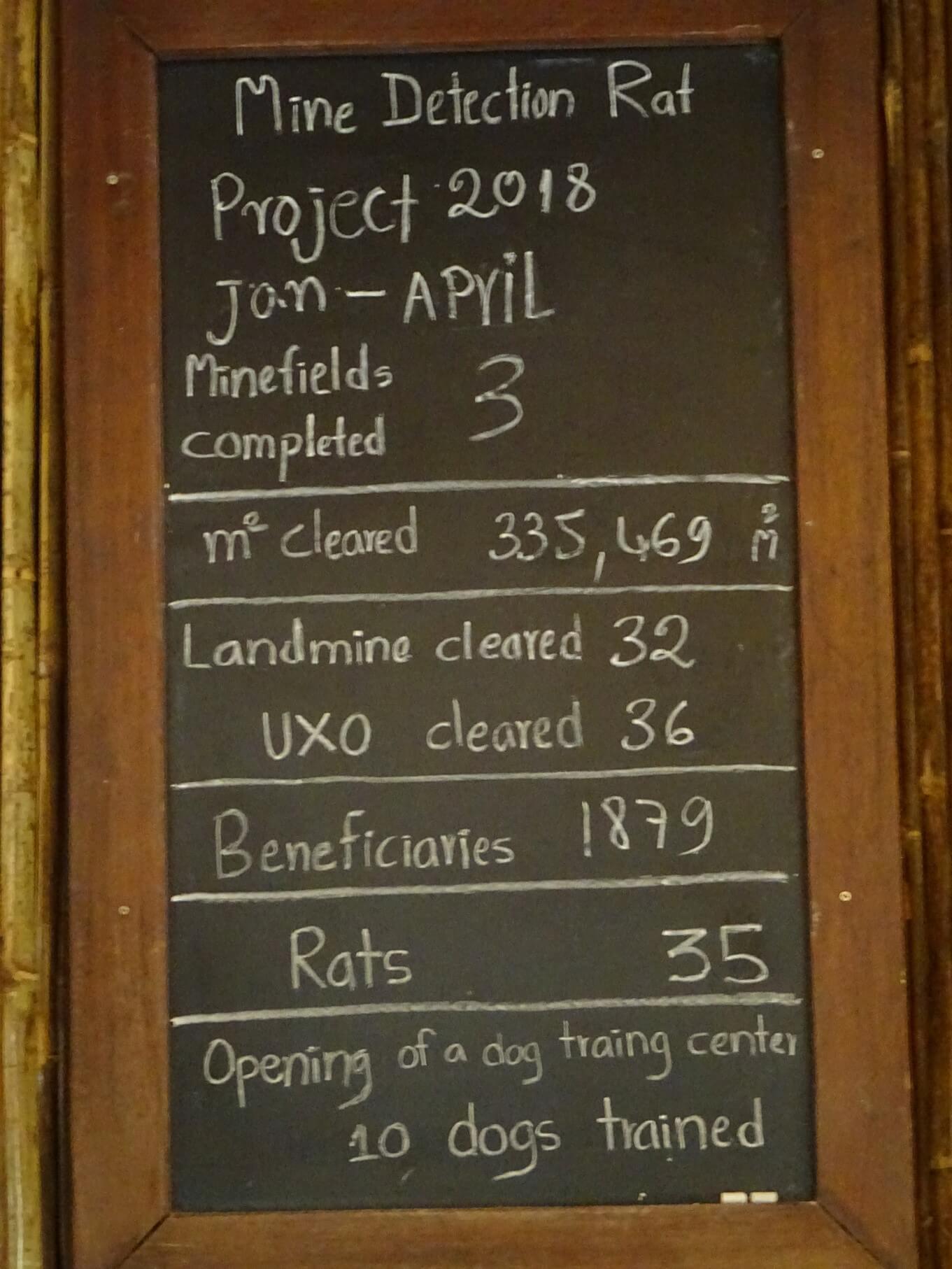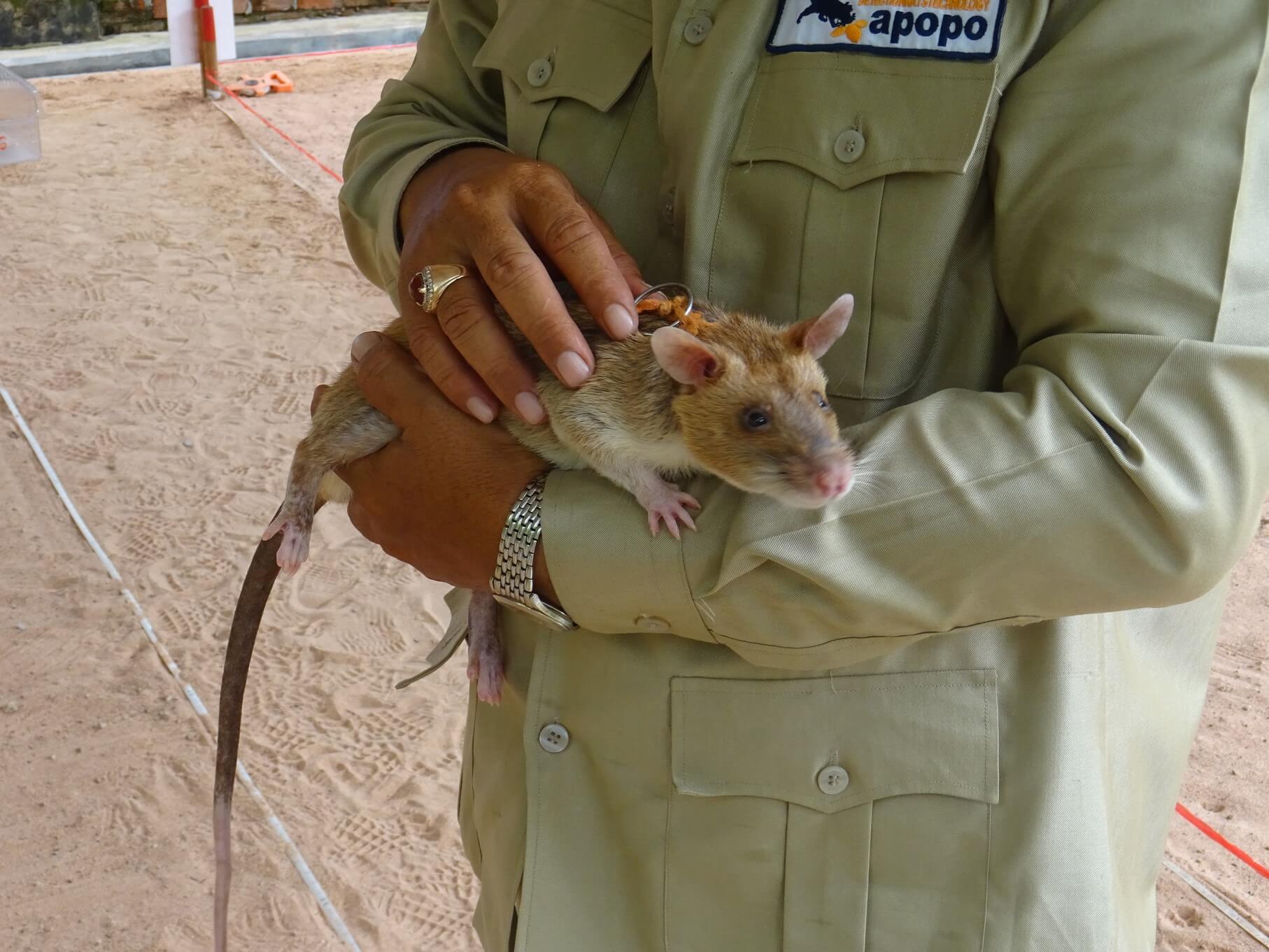Meeting Cambodia’s Hero Rats: A Visit to APOPO Landmine Detection
Did you know that there are 61 countries and states in the world where there are hidden landmines?
Out of these, Cambodia is one of the most heavily mined countries in the world. Although the country has been at peace for quite some time now, it still bears these scars from past wars. Landmines devastate lives and keep people from being able to use their land fully. Landmine detection is also costly, dangerous and slow work. However, we visited the APOPO centre in the city of Siem Reap where we met Cambodia’s Hero Rats. These small whiskered heroes are changing the face of landmine detection.
So who are the Hero Rats?
These amazing creatures are African Giant Pouched Rats. This particular breed of rat is perfect for the task of detecting landmines due to their amazing sense of smell. They can sniff out the TNT used in the explosive devices. This makes them more effective than traditional metal detectors, since they will ignore scrap metal. One rat weighs around 1000 – 1275 grams, which is far below the amount of weight needed to trigger a landmine. The idea is genius really – instead of operatives risking their lives by searching the traditional way, the rats can get the job done in much less time, and still get out in one piece ready for their snack!

How does it work?
The minefields are mapped out in grids and squares. The rats are then operated by two handlers, who guide them from one end of a length of rope to the other, moving gradually along the square. The rats ignore scrap metal and debris. The handlers use a clicker reward system. The rats know that when they find the smell of explosives, they should scratch the sand. The handler uses a clicker when they see that rat doing this, and the rat associates the noise with the reward which follows.
Are the Hero Rats or their handlers in danger?
Obviously, working around landmines is really freaking dangerous. In traditional landmine removal operations people are sometimes injured or killed. However, the use of rats reduces the need for people to do traditional manual mine detection, so it has got to be a good thing. Happily, APOPO report that they have not had a single hero rat be injured or killed in the minefields to date. The rats also seem to have a pretty good life. They work for around three hours per day, and are looked after very well the rest of the time. They are fed good quality food, given plenty of exercise and stimulation, and have great bonds with their handlers.
Where did the mines come from anyway?
The Cambodian Mine Action estimates that there are 4 to 6 millions landmines and other unexploded devices in Cambodia. Where did all these mines come from? They were placed by the USA during the Vietnam war, and by local factions during the Cambodian civil war in the 1970s and 80s. The USA used them in their campaign against North Vietnam, and the Khmer Rouge used them as part of their fight to rule the country. Between all the fighting for control, the Cambodian people were left with a horrific legacy. Although landmines are used in war, they remain after the conflict has ended and have a huge human cost, with many innocent victims being affected for decades afterwards.
Who Are APOPO?
APOPO was founded in 1997 in Belgium by a Dutchman, Bart Weetjens. It is a Dutch acronym meaning Anti-Persoonsmijnen Ontmijnende Product Ontwikkeling, or in English, Anti-Personnel Landmines Detection Product Development. They actually run two separate programs with their hero rats – landmine detection and tuberculosis detection. Turns out these super-nosed rats can save lives in more than one way! They have run mine detection operations in Mozambique, Cambodia, Thailand, Angola, Vietnam and Laos. APOPO currently have 53 hero rats detecting mines, 37 detecting TB and another 54 in training.

This can’t be cheap though, right?
Well, in a word, no! The rats are trained for 9 months before they are tested and signed off to work in the minefields. To train each rat costs 6000 euros! APOPO is an NGO and rely on funding and donations. They also work with partners in each of the countries where they operate, such as the Cambodian Mine Action Centre. If you want to find out more about their work, see some cute pictures of their amazing hero rats and find out how you can donate, you can visit their website here.
Booking.com
How successful have the hero rats been so far?
APOPO first began their mine detection in Mozambique in 2003. Mozambique used to be one of the worst affected countries in the world, but the fantastic news is as of 2015 it is mine-free! In Mozambique alone, APOPO has destroyed a total of 13,826 landmines and returned 11,463,861 square meters of safe land back to the people. Given that the rats can search around 200 square meters in 20 minutes, compared to the 25 hours it would take a traditional operative, their potential to speed up the removal of landmines worldwide is amazing. After our visit to S21 and The Killing Fields, where we saw the horrors that the Cambodian people have survived, to see such an amazing program taking place made us really happy. APOPO’s hero rats are directly helping people get back onto their land and lead safer, happier lives.
We’re definitely big rat fans now! C & D xx
Please note this post may contain affiliate links. Please read our policy here.


Great !